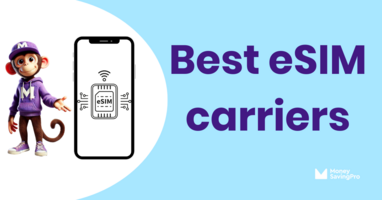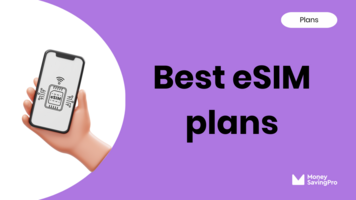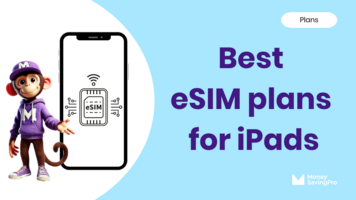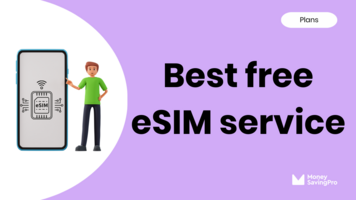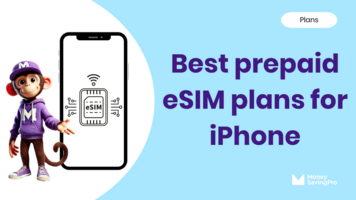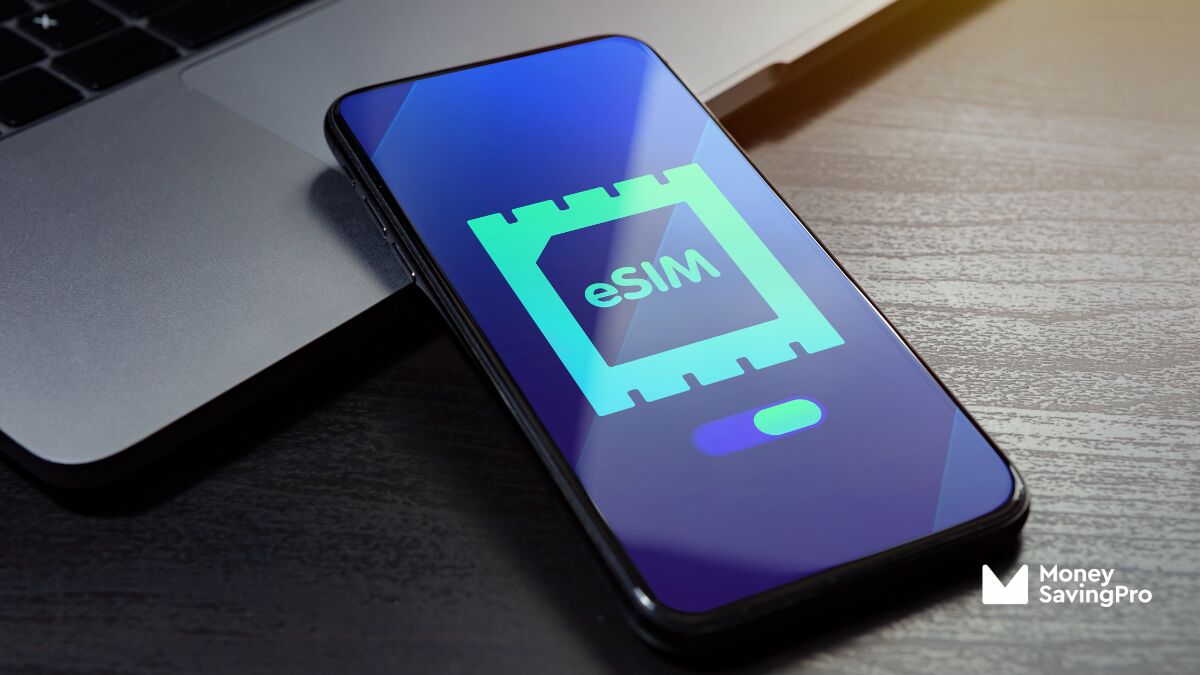
In this guide, I'll cover which iPhones are eSIM-compatible and how you can easily check if your iPhone has access to eSIM technology.
I'll also be sharing some of the best eSIM carriers that can save you an average of up to $600 a year on your cell phone bill. Along with the pros and cons of switching to an eSIM so you can decide if it's right for you.
eSIM compatible iPhones
Before we dive into the benefits and drawbacks of using eSIMs on iPhones, let's take a quick look at the list of iPhone devices that support eSIM technology:
iPhone models:
- iPhone SE 2 (2020)
- iPhone SE 3 (2022)
- iPhone XR
- iPhone XS Max
- iPhone XS
- iPhone 11
- iPhone 11 Pro
- iPhone 11 Pro Max
- iPhone 12
- iPhone 12 mini
- iPhone 12 Pro
- iPhone 12 Pro Max
- iPhone 13
- iPhone 13 mini
- iPhone 13 Pro
- iPhone 13 Pro Max
- iPhone 14
- iPhone 14 Plus
- iPhone 14 Pro
- iPhone 14 Pro Max
With these iPhone models, you can make the most of the flexibility and convenience that eSIMs bring to the table. And if you're interested in any of the iPhone 14 series, these are eSIM only.
Benefits of eSIMs on iPhones
- Dual SIM capability: With eSIMs, you can have two phone numbers on a single device – perfect for separating work and personal lines without carrying an extra phone.
- Easy switching: Switching between carriers is easy – no need to sit around and wait for a prepaid SIM card to arrive or fumble with swapping cards. Just activate the eSIM profile, and your mobile data is ready to go.
- Travel-friendly: When jet-setting, you can avoid hefty roaming fees by purchasing an eSIM local data plan at your destination. Stay connected without breaking the bank.
- Space saver: eSIMs eliminate the need for a physical SIM card slot, giving manufacturers more design flexibility and potentially freeing up space for other features.
Disadvantages of eSIMs on iPhones
- Limited carrier compatibility: Not all carriers support eSIMs, so you'll need to make sure your chosen carrier offers eSIM activation.
- Device lock-in: If your device is locked to a specific carrier, using an eSIM might only be an option once the contract ends.
MVNO carriers that support eSIM
If you're considering making the switch to an eSIM-compatible iPhone and a cheaper cell phone plan, consider these Mobile Virtual Network Operators (MVNOs) that support eSIM technology:
- Mint Mobile: Offers budget-friendly plans with plenty of data options.
- US Mobile: Known for its flexible pricing based on actual usage.
- Boost Mobile: Provides seamless coverage using multiple carrier networks.
- Tello: Offers pay-as-you-go and affordable monthly plans.
eSIM compatible iPhones FAQs
Once you've chosen your carrier and plan, you'll receive a QR code to scan or an activation code to enter manually. Your carrier will provide a step-by-step guide.
Recap
Switching to an eSIM-compatible iPhone and pairing that with a cheap eSIM plan can cut the cost of your cell phone bill while also bringing along flexibility.
No more lengthy contracts that you're tied into. Instead, switch carriers or plans whenever your needs or budget require you to. And if you need to transfer your eSIM to a new iPhone - no problem! It's quick and easy.
